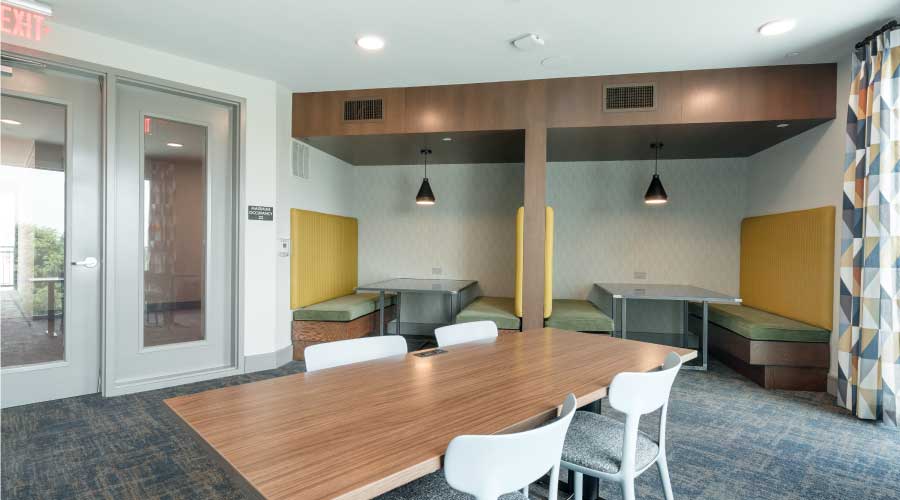Security Risk Assessment Appropriate For All Buildings, But Vital For Large, High-Risk Facilities
Second of a two-part article explaining the importance of early planning and security risk assessments for mitigating threats.
The security risk assessment is suited for projects ranging from a large-scale master plan for a campus to an individual building in any location.
Clearly, the security risk assessment is vital in large-scale projects in high-risk areas. For a master plan of a new multiple-use district in Abu Dhabi, the security risk assessment examined threats, risks, and vulnerabilities in a series of concentric circles including the geographic region, country, surrounding area, district, facility types, and individual buildings from perimeter to core. Recommendations ranged from strategies for the overall master plan to the design of each building.
But an assessment also has value on a wide range of other types of projects. For example, a large state university system was developing a facility that would involve public access at various hours to the building, to special event spaces, and to a collection of valuable cultural assets. The assessment examined threats, risks, and vulnerabilities in a series of concentric circles. Stakeholders included the state system, campus facility managers and security staff, and building managers and operators. The security risk assessment identified a number of broad strategies ranging from establishment of a “stand-off” zone between the building and pedestrian circulation and street vendors to specific architectural and infrastructural strategies. For example, for the facade of the building, which is adjacent to a parking garage, a curtain wall was replaced with narrow vertical glass panels. Clear separations were established between public spaces and the “back of the house,” and the back of the house was gated after hours.
With super-tall, multiple-occupancy skyscrapers, the security risk assessment is critically important to inform design. Often these projects comprise high-end retail spaces on the lobby level, commercial office space on mid-level floors, and luxury residences on the upper floors. In one case, the security risk assessment recommended three separate secure zones of access, egress, and internal circulation.
The assessment can provide high-level recommendations for other building systems as well. During the assessment for a hospital complex in the Middle East, concerns arose about chemical, radiological, or biological attack utilizing the building’s HVAC system. While the risk for such an attack was low, the assessment did advise the use of security dampers, detection equipment, and shutdown protocols.
Solutions for other building systems include secured redundancy for electrical infrastructure and increased access control on plumbing and water supplies. One key theme that comes out of nearly every assessment is the need for other building disciplines to coordinate with security consultants to ensure that all aspects of the design are informed by security considerations.
Reducing risks
Owners are experts in their core businesses, not security experts. Understandably, they often conclude that their facility design is secure. A security risk assessment can open their eyes to vulnerabilities present in the design.
In addition to identifying modifications to reduce risk, the security risk assessment establishes a clear road map for design and protection of the building security system and operations. Additionally, when the assessment is conducted early in the project lifecycle, it provides the owner and facility management with a secure project while maintaining cost efficiency and aesthetics.
A living document, the security risk assessment can inform decisions and policies for years to come. The owner has a model to address threats and vulnerabilities as the nature of the property, surrounding area, and technology evolve. Periodic review of the assessment and current property — that is, a security audit or security gap analysis — can identify new vulnerabilities and offer cost-effective recommendations.
Zackary Tyman is a security consultant and engineer in the New York City office of WSP | Parsons Brinckerhoff. He can be reached at Zack.tyman@wspgroup.com.
Email comments and questions to edward.sullivan@tradepress.com.
Related Topics:













